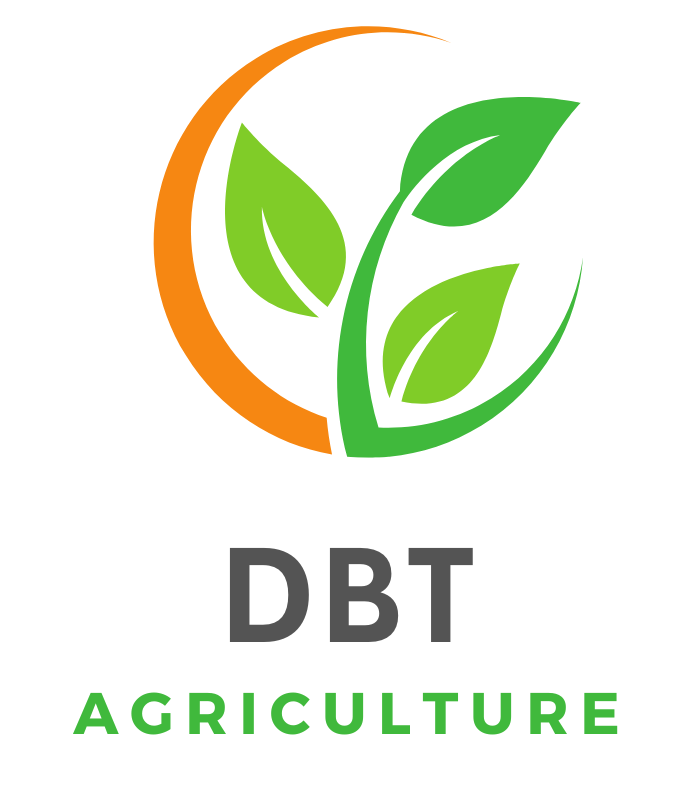
In the fast-evolving landscape of personal finance, innovation has become a driving force, transforming the traditional facets of various industries. The insurance sector is no exception, with a wave of cutting-edge solutions reshaping how individuals protect themselves and their assets. “Insured Innovations: Exploring Cutting-edge Insurance Solutions” serves as a beacon, guiding individuals through the dynamic landscape of revolutionary insurance advancements.
One of the notable innovations explored in this guide is the integration of technology through Insurtech. From artificial intelligence to data analytics, technology is revolutionizing the way insurance operates. The guide introduces readers to AI-driven underwriting processes that enhance accuracy and speed, resulting in more tailored and efficient coverage options. Additionally, data analytics enables insurers to assess risks more comprehensively, leading to personalized premiums and improved customer experiences.
Blockchain technology, renowned for its secure and transparent nature, is another trailblazing innovation explored in “Insured Innovations.” By leveraging blockchain, insurers can streamline the claims process, reduce fraud, and enhance transparency. This technology ensures that policyholders have a secure and immutable record of their insurance transactions, fostering trust and efficiency in the insurance ecosystem.
Parametric insurance represents a paradigm shift in the way coverage is structured. This innovative approach replaces traditional indemnity-based models with predefined parameters. For example, in weather-related parametric insurance, payouts are triggered based on specific weather conditions. This not only expedites the claims process but also provides a more transparent and predictable experience for policyholders.
The guide delves into the realm of telematics, where technology meets auto insurance. By utilizing devices that monitor driving behavior, insurers can offer usage-based insurance, tailoring premiums to an individual’s actual driving habits. This innovation not only incentivizes safer driving but also empowers policyholders with more control over their insurance costs.
“Insured Innovations” also explores the concept of microinsurance, a groundbreaking solution designed to provide affordable coverage for specific risks. Particularly impactful in developing economies, microinsurance makes insurance accessible to a broader demographic by offering coverage for small, targeted risks at affordable premiums. This inclusive approach ensures that individuals with varying income levels can access essential insurance protection.
As climate change becomes a pressing global concern, innovative insurance solutions are emerging to address the associated risks. Climate risk insurance, for instance, provides financial protection against the adverse impacts of climate-related events. By combining data analytics and climate science, insurers can offer specialized coverage that helps individuals and communities recover from the financial fallout of climate-induced disasters.
In conclusion, “Insured Innovations: Exploring Cutting-edge Insurance Solutions” serves as a guide to the forefront of insurance evolution. By unraveling the complexities of Insurtech, blockchain, parametric insurance, telematics, microinsurance, and climate risk coverage, the guide empowers individuals to navigate the innovative landscape of modern insurance. In a world driven by technological advancements and a growing awareness of global challenges, staying informed about these cutting-edge solutions ensures that individuals can access the most relevant and effective insurance options for their unique needs.
